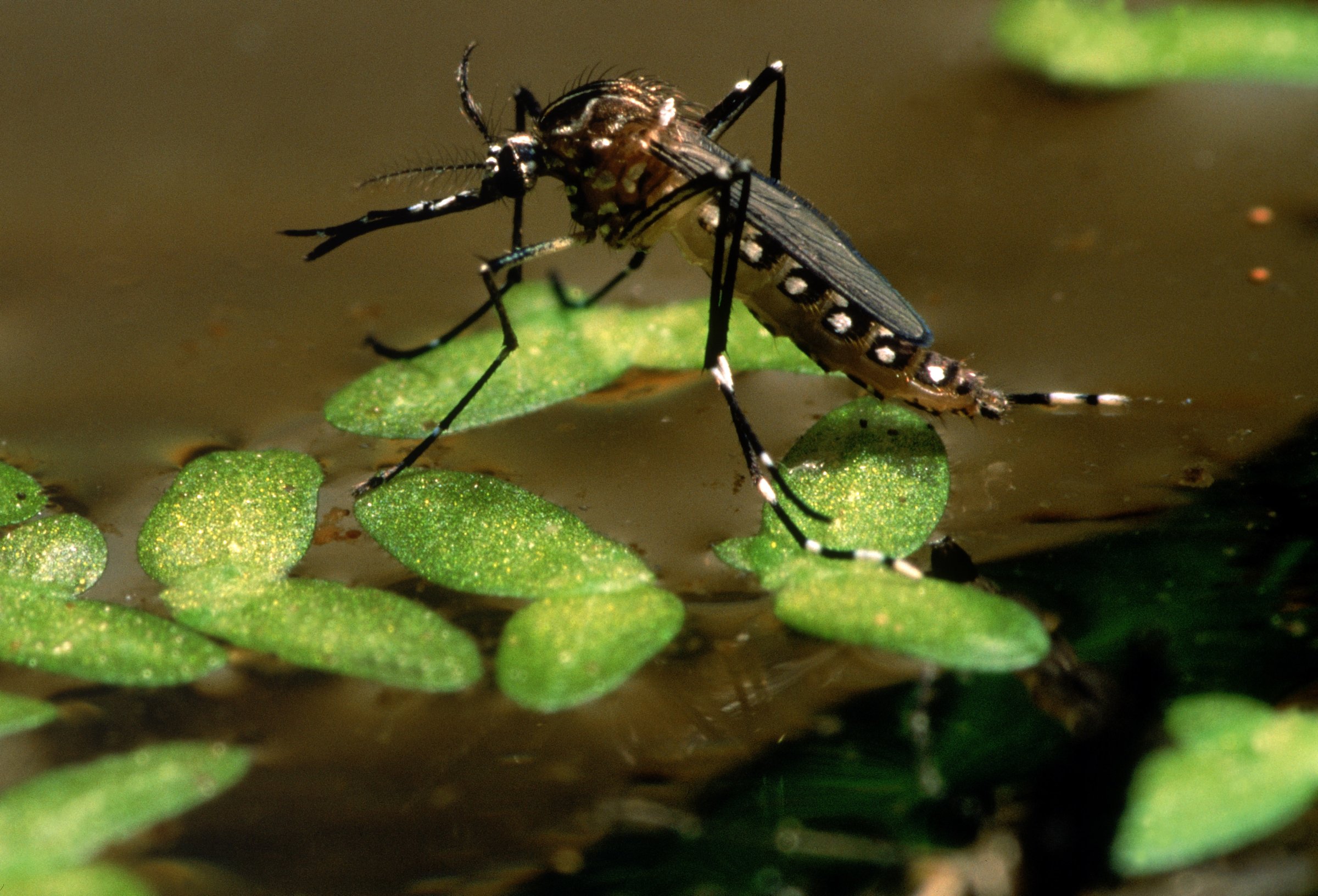
Infectious disease experts like to say that viruses don’t recognize national borders—which has become all to clear with the spread of Zika throughout the Americas. BUT Zika is just one of many mysterious diseases you’ve never heard of—until you do. “When I tell people what I work on, nobody has ever heard of it,” says Amy Hartman, an assistant professor of infectious disease and microbiology in the University of Pittsburgh Graduate School of Public Health. “I always say, ‘If you have heard of it, that means something bad has happened.’”
Here are five others you may be hearing about sometime soon.
Rift Valley Fever
What it does to humans: Though it’s most common in livestock, Rift Valley fever is a mosquito-borne disease that can also infect people. As with Zika, most people with Rift Valley Fever do not show symptoms. However, for those who do, symptoms can include severe fever and body aches that can last seven to 10 days. Most people survive, but it can be fatal. The virus has also shown to cause some neurological problems.
Where it is: The virus started in Eastern Africa, but in the last few decades it has spread throughout that continent and the Middle East. While it hasn’t hit the U.S., it theoretically could.
Worry factor: “The main concern is that the mosquitoes that transmit the virus are found all over including the United States and in Europe,” says Hartman. She says there’s also some concern over the virus’s possible use as a bioweapon.
Eastern Equine Encephalitis (EEEV)
What it does to humans: The virus has some nasty symptoms that start with a high fever, chills and vomiting and can develop into seizures and even coma. Its mortality rate, according to Dr. William Klimstra, an associate professor in the University of Pittsburgh Center for Vaccine Research, is over 30%. People who survive can have severe brain damage.
Where it is: Unlike diseases like Zika and chikungunya, EEEV has been in the United States for many years, but since only a handful of Americans are infected each year, it’s remained off the radar. That appears to be slowly changing. “Cases have ticked up in the last 10 years,” says Klimstra. “Historically it was thought the mosquito that transmitted the virus didn’t really feed on humans, and was confined in swampy areas. But the virus is being more commonly found in backyard mosquitoes.”
Worry factor: The effects can be terrible and lasting. Klimstra says the biggest concern is that EEEV could undergo a genetic change that makes it more likely to spread among humans. “It’s lurking in our midst,” he says.
Kyasanur Forest Disease
What it does to humans: It’s a tick-borne infection that can cause fever, chills and headache as well as muscle pain, vomiting and bleeding. Some people have a second wave of symptoms that include tremors and vision problems.
Where it is: Limited to India so far. The virus was identified in 1957 when it was found in a sick monkey in the Kyasanur Forest there. Today, around 400 to 500 people per year are sickened by the virus.
Worry factor: CDC Director Dr. Tom Frieden says “The fact that there are a lot of dangerous organisms out there, and with the amount of mobility and travel and trade that we have, we need to expect the unexpected.”
Venezuelan equine encephalitis virus
What it does to humans: Symptoms of the virus are similar to dengue and are characterized by fever, nausea, vomiting and possible brain inflammation. It more often infects animals like rats, but the virus has mutated to infect larger animals like donkeys and horses, as well as thousands of humans.
Where it is: It’s mainly found in South and Central America, but the virus does have a history of making its way into the U.S.
Worry factor: Like all viruses, the concern is that Venezuelan equine encephalitis virus will mutate to more easily spread to people in urban settings.
Elizabethkingia
What it does to humans: Elizabethkingia is a type of bacteria that is hard to treat with antibiotics and is often resistant to them. Symptoms are fever, shortness of breath, chills and sometimes death.
Where it is: At least 17 people in Wisconsin died after being infected with the bacteria, which has sickened more than 50 people in that state and one in Michigan. Infections have been reported in 12 counties in Wisconsin, including Milwaukee.
Worry factor: Authorities are currently investigating the outbreak. Health experts have not confirmed whether Elizabethkingia caused the deaths, since all the people involved had underlying health conditions, though the situation is worrying.
More Must-Reads from TIME
- How Donald Trump Won
- The Best Inventions of 2024
- Why Sleep Is the Key to Living Longer
- Robert Zemeckis Just Wants to Move You
- How to Break 8 Toxic Communication Habits
- Nicola Coughlan Bet on Herself—And Won
- Why Vinegar Is So Good for You
- Meet TIME's Newest Class of Next Generation Leaders
Contact us at letters@time.com